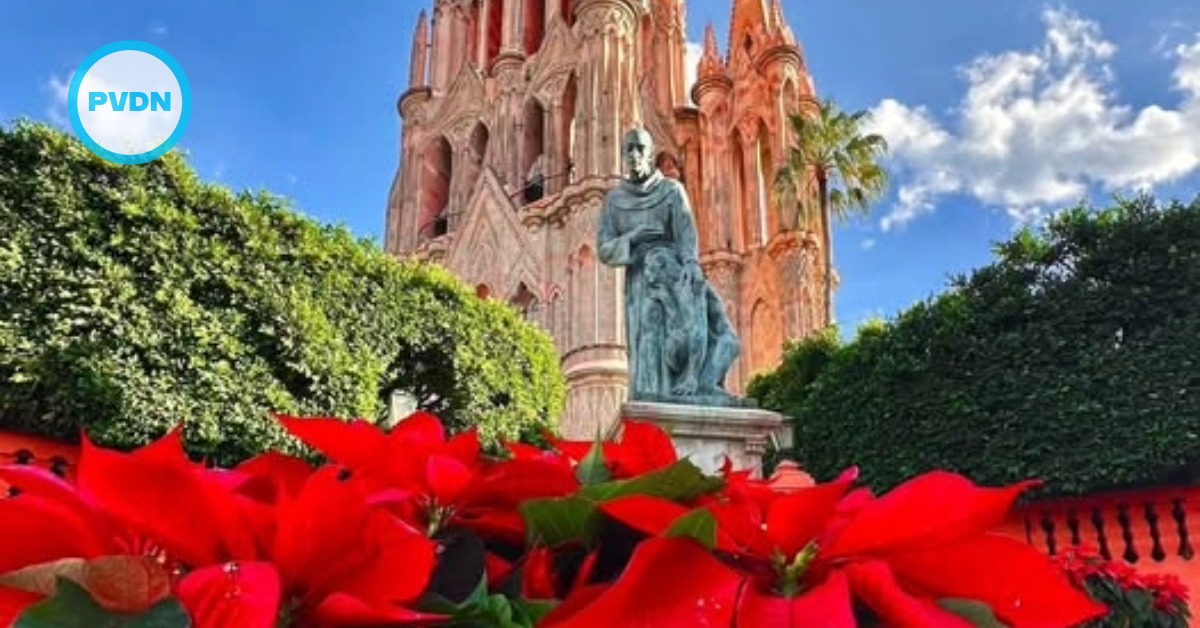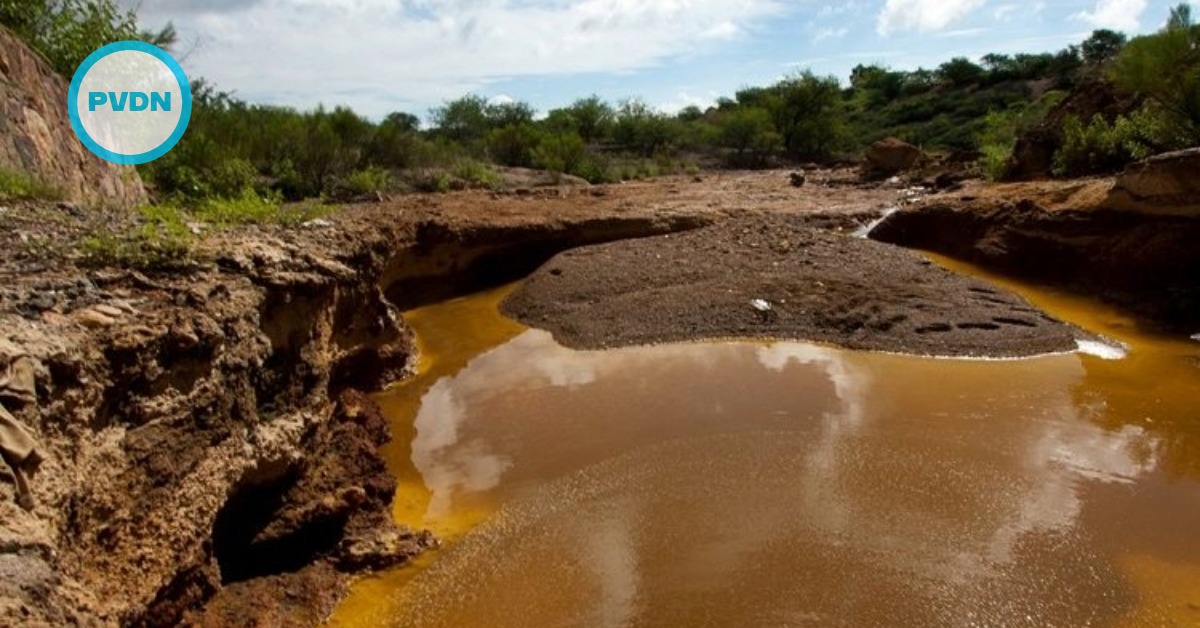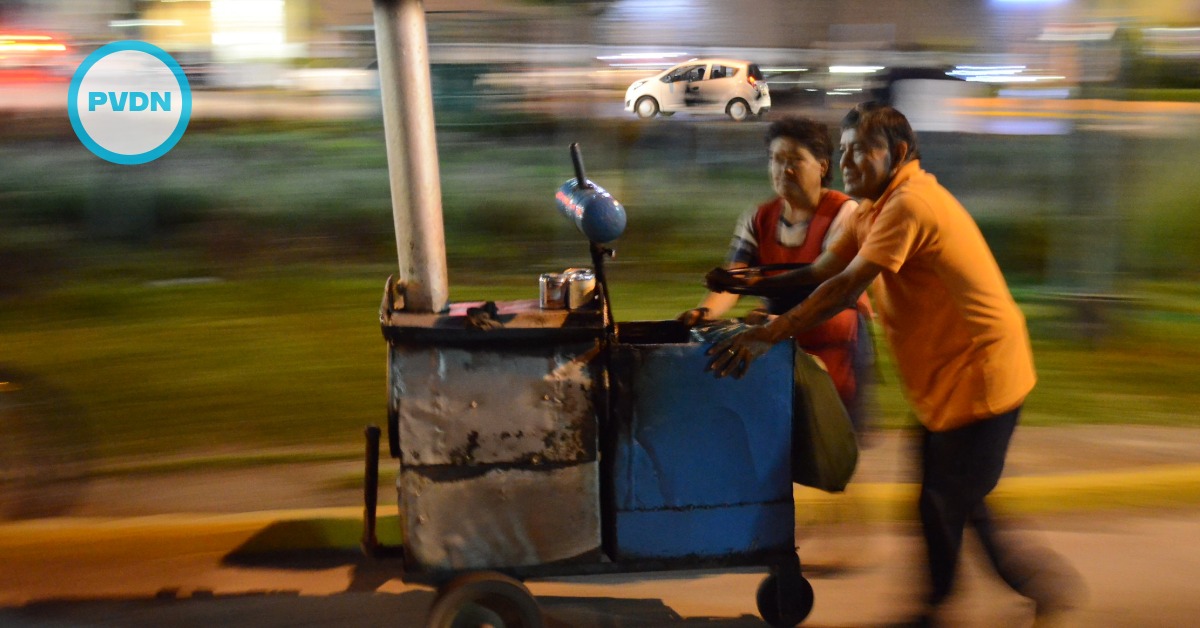The U.S. government is stepping up efforts to help Central American farmers fight a devastating coffee disease -- and hold down the price of your morning cup.
At issue is a fungus called coffee rust that has caused more than $1 billion in damage across Latin American region. The fungus is especially deadly to Arabica coffee, the bean that makes up most high-end, specialty coffees.
Already, it is affecting the price of some of those coffees in the United States.
"We are concerned because we know coffee rust is already causing massive amounts of devastation," said Raj Shah, head . . .





